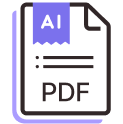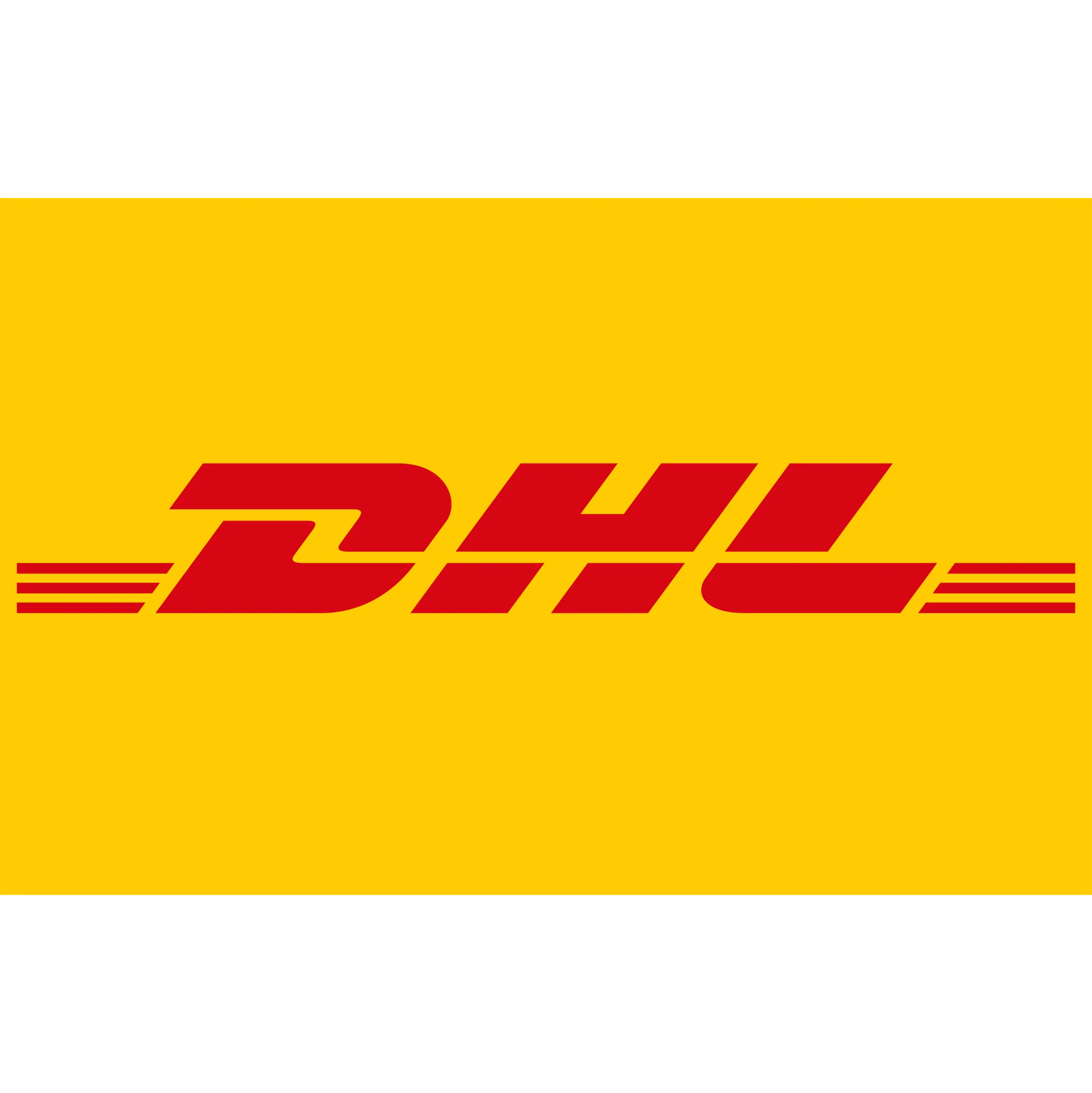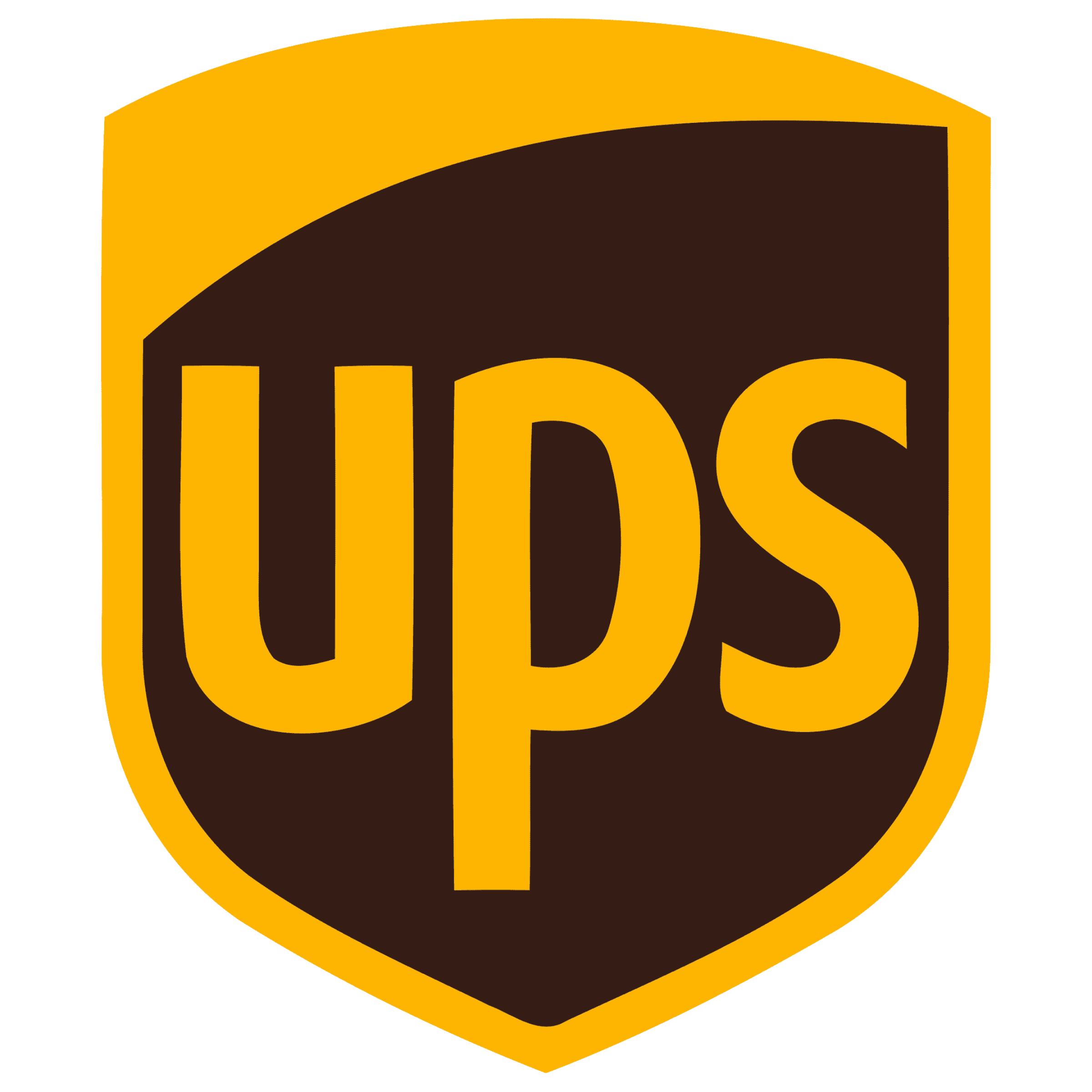
How to automate invoice parsing & line item categorization
You want to understand more about your spend than just the total amount paid by vendor — but the most valuable information about your spend lives on messy PDF invoices, all formatted differently. This messy data challenge is the reason why so many teams choose to just pull the big number off the bottom of the invoice and as a result lose insight into the line items rolling up to that spend.
With Parabola, you can extract key details from PDF invoices as soon as they come in, standardizing line item descriptions, quantities, amounts, and due dates as soon as they come in. Beyond extracting invoice details, you can also use steps like Categorize with AI to assign line items into spend buckets, giving you a more granular look into your spend, broken down into categories that make sense for your business.

Video overview
Why Parabola







In a world where efficiency is a key contributor to effectiveness, Parabola provides an unlock for businesses of all sizes in synthesizing large volumes of information into key insights."
What is invoice parsing & line item categorization?
Invoice line item parsing and categorization is the process of extracting detailed data from invoices — such as descriptions, quantities, amounts, and due dates — and organizing that data into spend categories, leveraging LLMs for nuanced categorization. This enables businesses to move beyond simply tracking total invoice amounts and gain granular insights into their spend. By using AI to categorize line items into meaningful buckets, teams can better analyze costs, identify trends, and make more informed financial decisions.
How to parse invoices & categorize line items in Parabola?
- Pull invoice files into Parabola using AI-enabled steps like Pull from inbound email and Pull from PDF file. Extract key fields such as line item descriptions, quantities, and amounts.
- Standardize data by cleaning column names and normalizing formats using steps like Edit Columns, Extract with AI, and Standardize with AI.
- Categorize line items into spend buckets using the Categorize with AI step to assign categories based on descriptions or vendor-specific rules.
- Aggregate category-level spend using steps like Sum by group step for further analysis.
- Create a real-time reporting dashboard using the Visualize step, or send data off to external systems like your ERP, accounting software, or Google Sheets.
Tips for parsing invoices & categorizing line items in Parabola?
- The more context you provide the Categorize with AI step, the better your results will be. Add context through example values, category-specific instructions, and the fine-tuning section to improve your categorization results.
- Beyond leveraging Categorize with AI for classification, other AI steps like Standardize with AI and Extract with AI are also very useful for structuring your datasets consistently across vendors.
- By setting up auto-forwarding rules, you can have invoices flow directly into Parabola as soon as they're received.
- Within the Pull from inbound email step, you can configure multiple different parsing methods for inbound documents.
What other resources are available on invoice parsing & line item categorization?
- To start building your invoice parsing Flow, use the Template above and check out the Parabola University lesson on PDF parsing.
- Learn more about how to set up an auto-forwarding rule in Parabola here.









